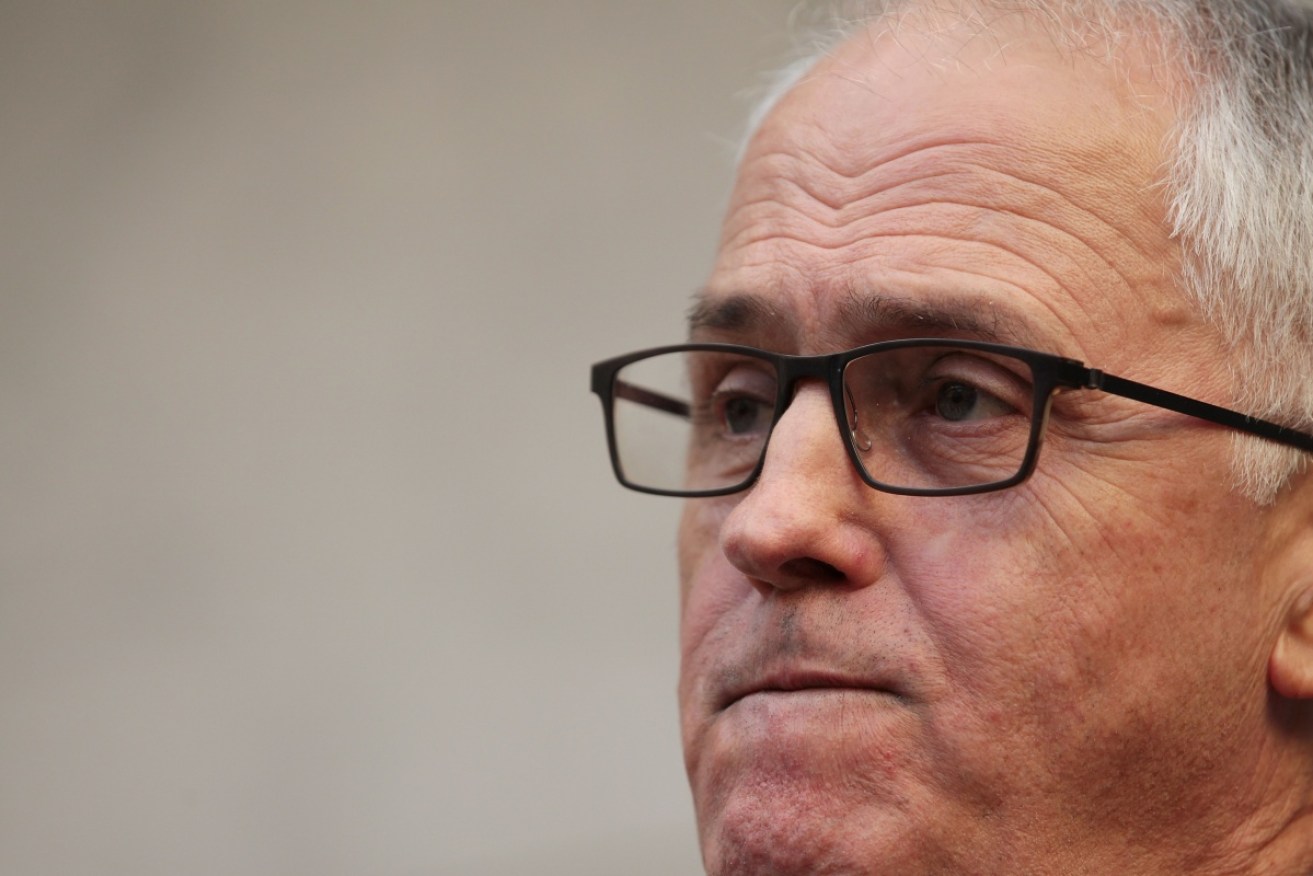PM’s debt warning misses problems lurking beneath

Bigger problems lurk beneath, say experts. Photo: Getty
Experts have supported Prime Minister Malcolm Turnbull’s warning on household debt, but have pointed out that bigger problems lurk beneath the surface of the “debt binge”: a skewed economy and a broken finance sector.
Mr Turnbull issued a mildly-worded reminder on Thursday for Australians to be wary of “excessive borrowing”, particularly because of the risk of interest rate rises.
“It’s not for me to give lectures on household finance but I think most Australians are very alert to the fact that while interest rates are low they haven’t always been low and that you’ve got to be prudent in terms of your borrowing,” he told The West Australian.
It was the echo of a stronger warning from outgoing Reserve Bank governor Glenn Stevens, who in his farewell speech in August said it strikes foreigners as “odd” that we neglect household debt in public debate.
“Foreign visitors to the Reserve Bank over the years have tended to raise questions about household debt much more frequently than they have raised questions about government debt,” Mr Stevens said. “So the way ahead is going to have to involve a rather more nuanced consideration of all these issues.”
The International Monetary Fund, which promotes global financial stability, lists two financial soundness indicators for the household sector: (1) household debt to income, and (2) household debt to GDP.
The income measure is perhaps the scariest. It reveals that Australian household debt has risen significantly faster than household income. In the early 1990s, the average household had debt equal to about half of its yearly disposable income. By 2006, debt had risen to about 150 per cent of a year’s income. Now, it is more than 180 per cent.
This measure puts us close to the five worst in the world: Denmark (320 per cent of income), the Netherlands (280 per cent), Ireland (225 per cent), Norway (210 per cent) and Switzerland (200 per cent).
The GDP measure is also worsening. Australia’s household debt was about half of gross domestic product in 1990. By 2006, just before the global financial crisis, it was about 100 per cent. As of January 2016, our debt was about 125 per cent of GDP.
Most (about 85 per cent) of Australian household debt is mortgages. Most are variable rather than fixed rate home loans. And an increasing number (26 per cent) are interest-only, as ASIC revealed on Wednesday.
All of this makes us even more vulnerable to any hike to record-low interest rates. But according to two experts, we need to look beyond the property market to see the full impact – and the potential solutions.
A skewed economy

Renewable energy is one kind of public infrastructure Australia might need. Photo: AAP
Industry Super Australia chief economist Stephen Anthony said he agreed with the PM’s warning, but pointed out that its underlying cause requires a more radical response.
Our rising indebtedness is the result of an economy that derives too much growth from debt-fuelled private investment in property and public spending on current expenditure, and too little from productive public infrastructure, Mr Anthony said.
“We need to move the economy back to more productive footings, back to a high-growth, high-productivity baseline rather than something where growth is essentially acquired through further indebtedness.”
Mr Anthony said this problem could be combatted by encouraging households to stop seeing the property market as their primary investment.
Instead, they could lend money to the government (directly as bonds or indirectly through super funds) for the building of “high-value” public infrastructure that would provide a strong return to individuals and the economy.
A blameworthy finance sector

‘The financial sector must shoulder some of the blame.’ Photo: AAP
Financial Counselling Australia CEO Fiona Guthrie pointed out that the PM’s warning was directed at individuals, whereas the financial industry, especially payday lenders, should accept some blame.
“What worries me is that the responsibility is always placed on the individual when you’ve got to get the macro settings right,” Ms Guthrie said.
“The finance industry also has some responsibility here because we are still seeing cases of irresponsible lending where organisations are giving people on really low incomes really, really extraordinarily high credit card limits.”
But she acknowledged that individuals can take “common sense” steps to protect themselves from the “debt binge”, such as:
- Paying down high-interest debt (especially credit cards);
- Building a rainy day savings fund to cushion against financial shocks; and
- Cutting out unnecessary expenditure by carefully budgeting what goes in and out of your household.









